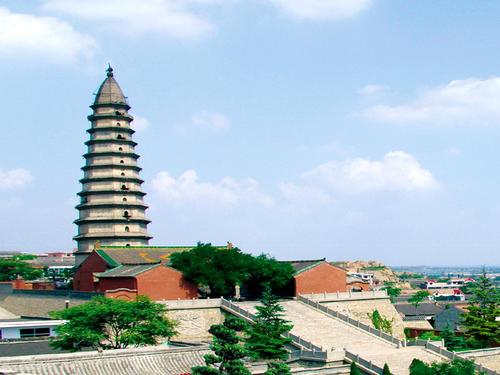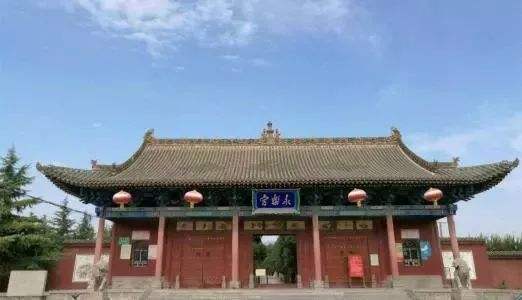Jiangzhou Chengni Inkstone
2 min readChengni Inkstone is one of the four most famous inkstones.Its origin is shrouded in mystery.The only tribute inkstone made from mud,its rarity lies in the full compliance of its production with the traditional Chinese concept of “Natural Law.”Chengni clay is taken from the Fen River and,after being engraved,is calcined in a kiln.Those that have been insufficiently heated are scrapped,as are those whose quality does not measure up to the required standard.
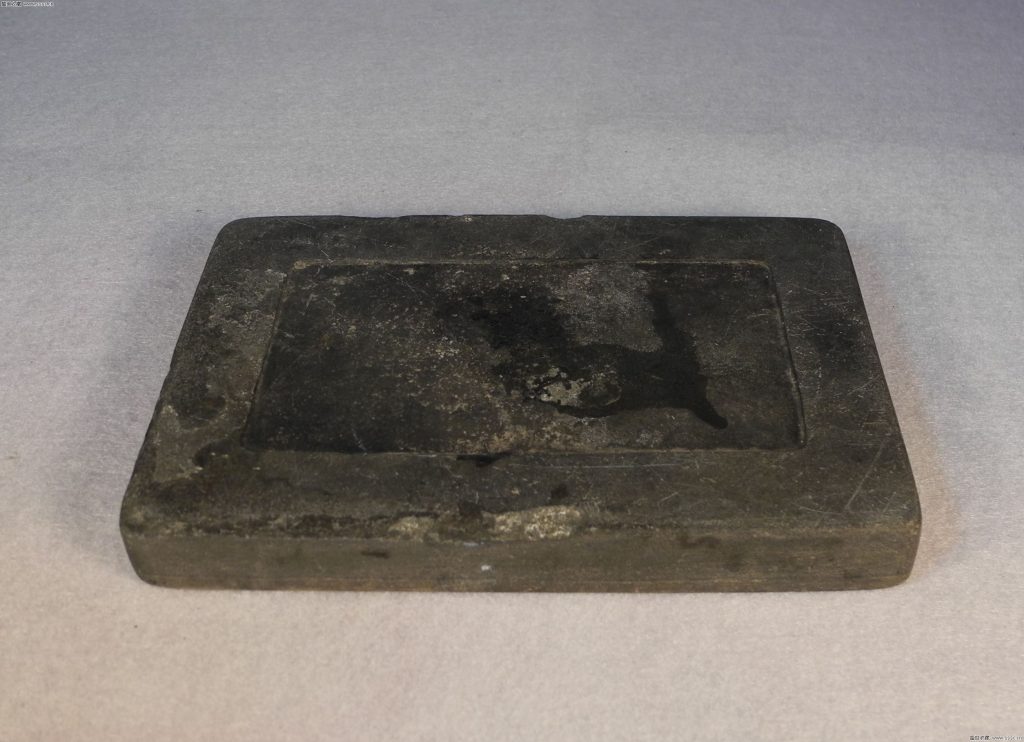
It is no exaggeration to say that only one in about 1,000 is regarded as satisfactory.
During the reign of Qing Emperor Qianlong,the popularity of chengni Inkstone elevated it to the rank of treasures of the Forbidden City Internal Affairs Department,so it was offered as a tribute.However,because by the time details of the intricate production process had been lost,making Chengni Inkstone was no longer possible.Emperor Qianlong invested substan-tially,both financially and in labor,in recreating the production process,but all efforts were unsuccessful,and so abandoned.No further attempts were made during the ensuing few centuries.
The first problem to crack was that of the raw material.Starting out from Diantou,where the Fen River enters Xinjiang,he scaled the high cliffs and descended to the valleys along the Fen River until he finally found the precipitated clay that could be fashioned into inkstones.Baking it correctly was the most critical aspect of the whole Chengni Inkstone production process,as it was integral to the color,hardness and sheen of the finished product.As to modes of calcining,he tried successively a pile burn on flat ground,and kilns in the shape of a steamed bun and of a horse-shoe,among others.All of this repeated dismantling and rebuilding left him smeared head to foot in mud,likea worker in a brick collective.
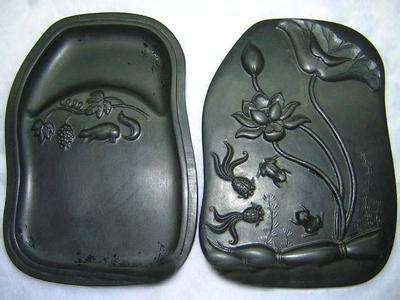
Todays ChengniInkstone exhibits exquisite workmanship,a lubricated texture and dazzling sheen. It has become one ofthe most important component carriers of the inheritance and propagation of Guang Village’s painting and calligraphy art and culture, and the tradi-tional culture of Jiangzhou as a whole.
Chinese calligraphy is the art of Chinese character writing, and a treasure of traditional Chinese culture. Imbuing profound conno-tations of Chinese culture, it is connected and integrated with the inner life, spirit and blood of the Chinese nation.
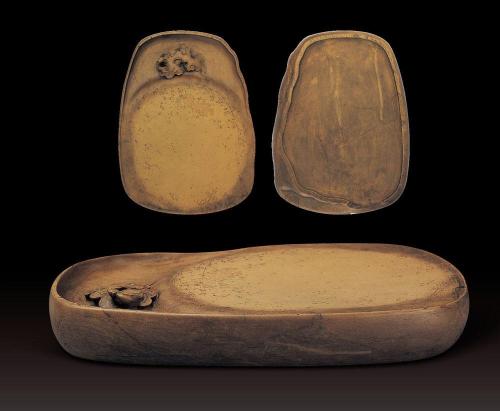
Calligraphy is not only a “technique,”but also an “art,”and so it is more like the spirit of Taoism. Coordinate with Chinese culture, it is the crystallization of thousands of years of Chinese culture, and has profound cultural and social value. In china’s 5,000-year history of systematic records, during the era where brushes were the main writing tool, chinese callig-raphy undoubtedly played an inestimable and significant role in recording history and inheriting culture.
Its inscription on the UNESCO Representative List of the Intangible Cultural Heritage of Humanity affirms the global value of the Chinese art of calligraphy.
